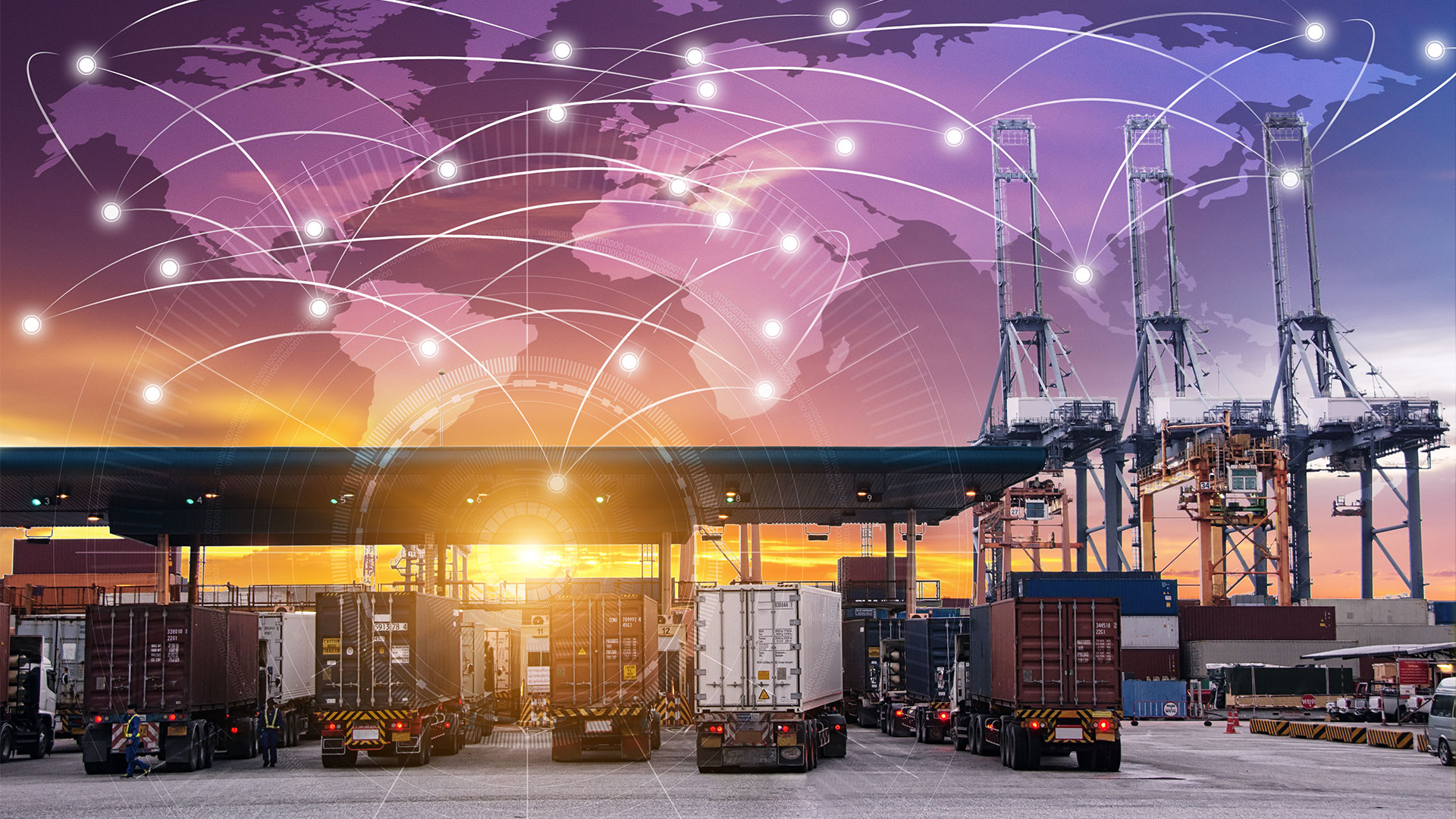
Cargill, HSBC and ING’s recent transaction is an important landmark in the emergence of blockchain in trade finance.
“This is an inflexion point for how trade is conducted,” says Vivek Ramachandran, Global Head of Innovation and Growth, Commercial Banking at HSBC. He is commenting on the recent live, commercial trade finance transaction on blockchain involving the bank, Cargill and ING.
The transaction, which involved a shipment of soybeans from Argentina to Malaysia via Singapore, was completed using the letter of credit module (LC) on R3’s Corda blockchain platform. HSBC claims that this is the first live trade finance transaction to be completed end-to-end using scalable blockchain technology.
“This transaction demonstrates that trade digitisation via blockchain is commercially and operationally viable,” says Ramachandran. “We are now speaking with other clients who are keen to transact on the platform and expect to make further announcements throughout the year.”
Blockchain benefits
Blockchain has threatened to disrupt traditional trade since the technology emerged several years ago. Its ability to establish trust between multiple untrusted parties and drive out the use of paper is seen as a solution to many of the inefficiencies that exist in global trade.
“Using blockchain dramatically reduces the time it takes to complete a transaction,” says Ramachandran. “The transaction with Cargill was completed in 24 hours, typically it takes five to ten days due to the back and forth required with the paperwork.”
The increased visibility for all those involved in the transaction that comes from using blockchain is another big positive. “This enables banks to provide financing to corporates earlier in the trade cycle,” says Ramachandran. “There is also no need for paper reconciliation to happen as all parties are linked to one platform that provides real-time updates to any changes made to the documents. This again creates efficiency and saves time.”
Indeed, according to the UN the time spent exporting goods, and the cost of doing so, could be reduced by 44% and 31% respectively if all of Asia-Pacific’s trade-related paperwork is put onto blockchain.
Evolution not revolution
Whilst this live, commercial trade finance blockchain transaction shows that trade is finally being dragged into the 21st century, there is a way to go before it disrupts the entire industry.
Most notably there are legal and regulatory issues that must be overcome. Indeed, a recent report from EY found that regulatory complexity is the greatest barrier to widespread blockchain adoption. Ramachandran agrees, saying that this is crucial for blockchain to be used for global trade.
There also needs to be a drive to get all parties involved in a trade transaction to sign up to use blockchain. “Blockchain should be seen as a utility that complements the existing trading ecosystem by making it more efficient,” he says. “It can be the bridge between all the systems that currently exist and spur a new era for cross-border trade.”